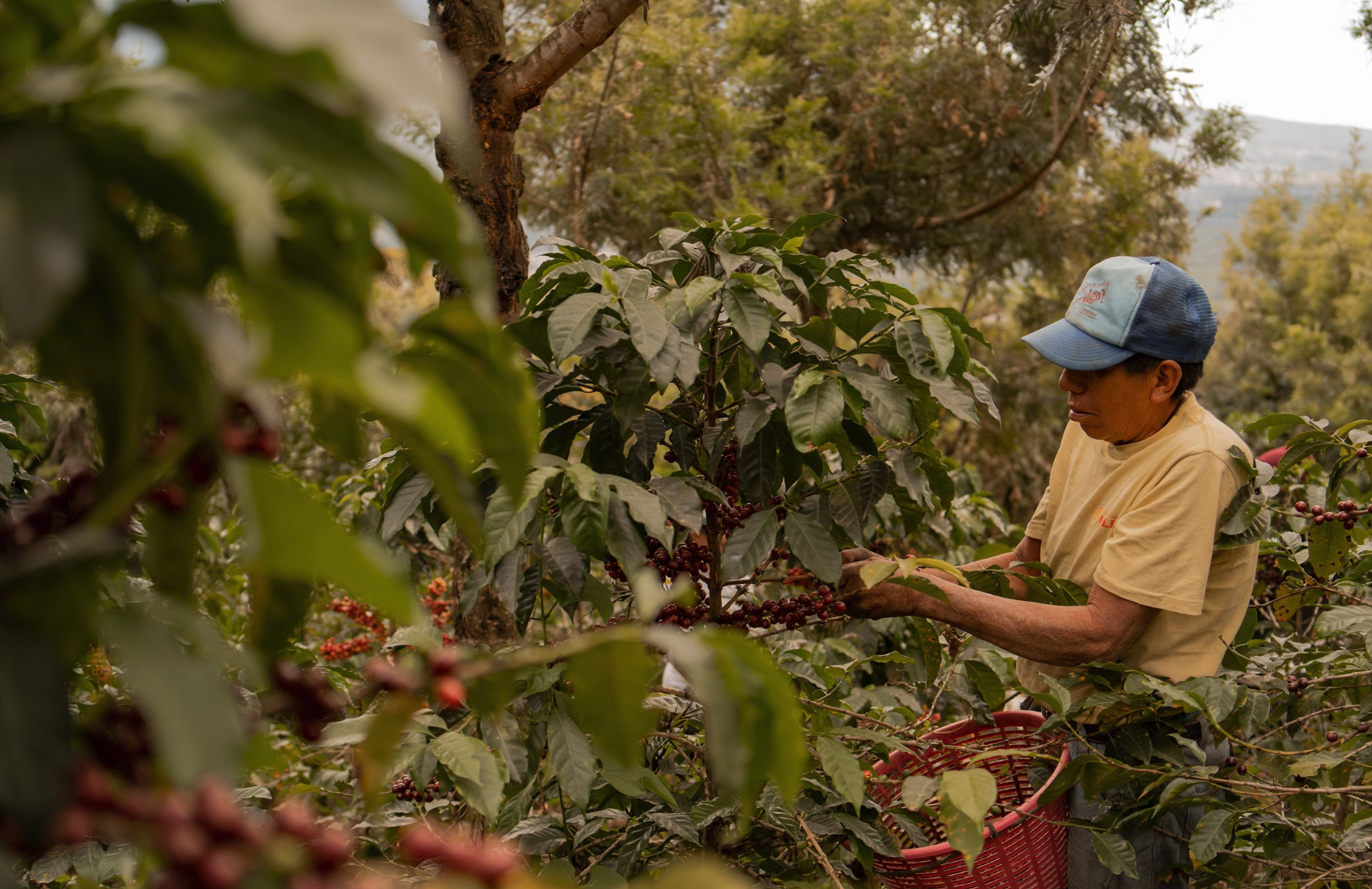Where Coffee Grows: Regions, Flavors, and Ethics
Coffee is global & grown in over 70 countries, shaped by climate, altitude, soil, and culture. Each region brings its own signature flavor and growing philosophy. But behind every cup are the hands that picked the cherries. Let’s explore the world of coffee cultivation, from terroir to treatment.
The Big Coffee Regions & Their Flavors
1. Ethiopia
Often called the birthplace of coffee, Ethiopia’s beans are typically floral, fruity, and wine-like. Grown at high altitudes in wild or semi-wild conditions, they're often processed naturally (dried in cherry).
2. Colombia
Known for balanced, clean, and mild flavors with soft acidity. Colombia's unique topography and consistent climate support year-round harvests.
3. Brazil
The largest coffee producer in the world. Brazilian beans tend to be nutty, chocolatey, and low in acidity. Mechanical harvesting is common here.
4. Guatemala
Volcanic soil and high elevation give Guatemalan coffees deep body with notes of cocoa, spice, and citrus.
5. Vietnam
Primarily grows Robusta beans. These coffees are stronger, more bitter, and often used in instant coffee or espresso blends. Vietnam is the second-largest producer globally.
6. Yemen
Home to some of the world’s oldest cultivated coffee. Beans are often small and irregular but prized for deep, complex, wine-like notes.
Flavor Factors
Altitude: Higher elevation means slower growth & denser, more flavorful beans
Processing Method: Natural (dried with fruit) adds fruitiness; washed (fermented and rinsed) is cleaner and brighter
Climate & Soil: Sun exposure, rainfall, and mineral content all influence taste
A bean’s origin is more than geography… it’s a fingerprint. Even neighboring farms can produce distinct profiles due to variations in elevation, shade, and harvest timing. This complexity is what makes single-origin coffee such a joy to explore.
Labor, Pay, and Ethics
Despite coffee’s global value, many coffee farmers earn less than $2 a day. Laborers, especially in Africa and Central America, often work long hours with limited access to education or healthcare.
Thankfully, consumer awareness is growing:
Fair Trade certification guarantees minimum wages and reinvests in communities
Direct Trade emphasizes transparent sourcing and long-term relationships
Shade-grown and organic practices also support ecological and worker wellbeing
Some cooperatives and smallholder farms are pioneering models that prioritize education, gender equity, and environmental resilience. When you choose ethically sourced coffee, you’re not just buying better flavor, but supporting fairness, sustainability, and dignity from farm to cup.
Looking ahead, the biggest challenges for coffee farmers include climate change, deforestation, and fluctuating market prices. Supporting sustainable farming practices, transparency, and certifications isn’t just a trend. These are a lifeline for communities who grow the beans we rely on daily.
Sip your coffee with gratitude. It’s taken a tremendous amount of care and commitment to get to you.
- Zoé & The Greenhaus Team

